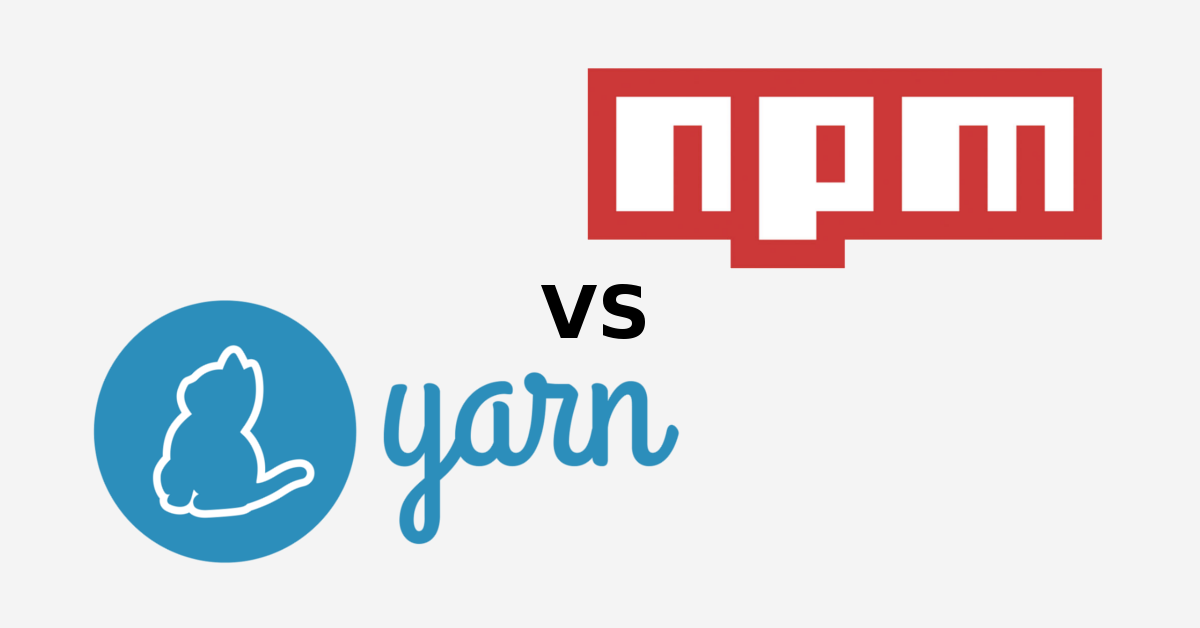Yarn, the recently launched alternative for NPM as Node.js dependency manager, claims to be much faster and reliable than its predecessor. Let see if it's true.
If you are a Javascript developer, specially if you work with Node.js, you have probably read something about Yarn in the last days. Engineers from Facebook Exponent, Google, and Tilde have been working together to build an alternative for the well known NPM, the built-in package manager of Node.js.
During the last years, developers around the world have complained a lot about how slow NPM is. Having a dependency system able to avoid inconsistences between environments has been the other big request around NPM. So, if we take a look to the claim of Yarn, it seems that this is what we have been expecting all this time: ‘Fast, Reliable, and Secure Dependency Management’.
It’s clear that the introduction of the yarn.lock file and the checksum verification adds consistency and integrity to our packages between environments, but… What about the speed? Yarn states that it is ultra fast, which is something that you will trust as soon as you try it with a project that has a big amount of dependencies. Anyway, I wanted to make a benchmarking and here it is.
The Method
The tool I’ve used to measure the speed of both managers is just the linux command time. I’ve created a little Bash
script, based on this gist made by Peter Mitchell, that will perform multiple installations of three popular JS
frameworks using Yarn and NPM.
The script will run multiple installations of Angular, Ember and React using both, NPM and Yarn, and it will measure the time used for each installation. At the end, it will display the average metrics by tool and framework. It will also perform installations with precached packages and with empty cache to see the difference between both situations.
You can see the script used here: https://github.com/artberri/npm-yarn-benchmark
The Environment
Once the measure tool is chosen, it’s time to run the script, but… Where? Of course, my own computer is the first place where I have run the script, but in order to have more standard metrics, I have done the same in the following Continous Integration tools: Travis, Snap CI, Semaphore and Circle CI.
Because of the big amount of installations that are done in each test run, the script takes some time to finish. In order to avoid timeouts in these CI tools, the timing averages will be calculated only over three runs.
The Results
In my own computer:
In Travis:
In Snap CI:
In Semaphore:
In CircleCI:
The Conclusion
Yarn is Ultra Fast, between 2 and 3 times faster than NPM.
The Yarn creators are telling the truth. It’s awesome to see how Yarn is faster even if we compare the NPM cached test with the Yarn test without cache. I’d say that Yarn will become the standard dependency manager for Node.js within a few months.
The aim of this comparison was not to benchmark CI tools, but I think that is worth to mention the good performance of Semaphore when comparing it with the rest of tools used in this example.
The Extra
I have been testing Yarn since the first day, as I said it’s something I had wanted for a long time, and, right now, I’m using Puppet for software provisioning in most of my projects. Because of this, I have created a Puppet module for installing Yarn that you can see here: https://forge.puppetlabs.com/modules/artberri/yarn.
I hope you enjoyed this reading!
This text is licensed under a Creative Commons Attribution 4.0 International License.

